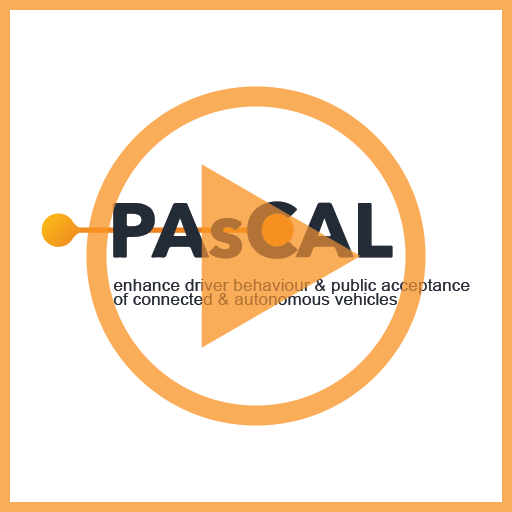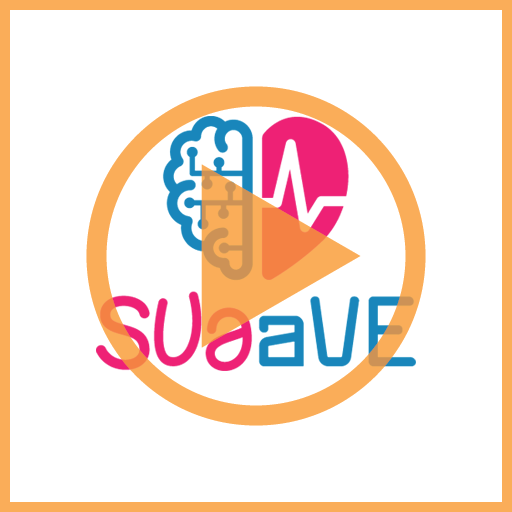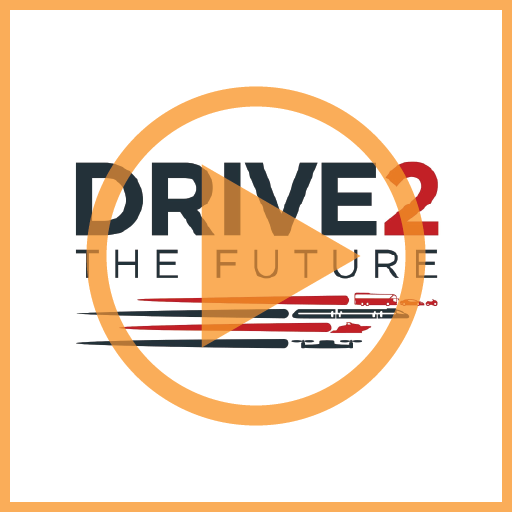H2020RTR20 Conference - PAsCAL & Friends

The process of developing mobility in the coming years has long since taken the path that leads to the ever-widen spread of cars led by artificial intelligence. A shift that, however, in order to achieve the status of an effective improvement in living conditions for each, must first go through the most complete and possible widespread acceptance by the public globally.
To achieve this, Europe has in recent years put in place a series of projects that share the same common purpose: to speed up, facilitate and complete, the process of acceptance by road users of the so-called CAV (Connected Automomous Vehicles). Four of these projects were presented at the recently held European Conference #H2020RTR20 and referred to in the following videos.
It is evident that such a complete revolution – which shifts attention from the human being to the computer guide –presents different and complex challenges. Like those concerning coexistence – which can only be peaceful – between traditional means of locomotion and the new CAVs. The latter, then, in order to be fully accepted, must above all be understood, which is not easy, given the heterogeneity of the subjects who interact on the roads on a daily basis
For this reason, these different projects – promoted and funded by the European Commission's Horizon 2020 research and innovation programme – have been created, each in their own specific study, with the common aim of creating a shared and accepted sensitivity for the CAVs.
Projects
-

PAsCAL
Enhance driver behavior and Public Acceptance of Connected and Autonomous vehicLes
PAsCAL is aimed to measure the public’s acceptance and attitude about CAV, to analyze and assess users’ concerns, to design and simulate realistic scenarios in order to outline good practices and finally validate the research innovation in a number of pilot tests in the real world. All these goals are going to be reached through the utilization of a mix of innovative tools belonging to both psychology –along with other human sciences - and technology.
The project will develop as well an aware penetration approach on a large-scale to address any concern of the most general public that might hinder a wide market uptake of the connected and autonomous vehicles
PAsCAL also intends to develop a close synergy with other European projects funded under the same framework programme, as well as with the other ongoing projects aimed at coordinating and harmonizing the implementation and diffusion of CAV technologies, such as the ARCADE project
Over the next three years, surveys will be carried out on significant samples of the European population to provide a more detailed overview of the level of knowledge and acceptance of connected and autonomous vehicles.
-

SUaaVE
Supporting the acceptance of automated vehicles
The issue of the acceptance of autonomous and connected vehicles is at the heart of the work of the SUaaVE project. The programme – which aims to involve more than 4,000 subjects (passengers, traditional drivers and futurs) as well as 100 experts and stakeholders – has these goals as its mission:- to investigate the factors behind public acceptability of CAV, featuring the forthcoming European road situation and identifying fundamental insights on promoting acceptance.
- generate a cross-cultural framework for ethical and legal issues emerging from CAV deployment.
- investigate the human-component concept in CAV and develop a model to monitor and understand the passenger state based on the cognitive state and emotional response.
- define a set of on-board services to influence on passenger’s state and improve their experience.
- develop an immersive Virtual Human-Centred Design platform to support “immersive experiences”, as a passenger or as an external agent, for testing and validating the new paradigm of automation, ALFRED.
-

Drive2theFuture
“Needs, desires and behaviors of "drivers" and users of automated vehicles”
Drive2theFuture aims to prepare “drivers”, travellers and vehicle operators of the future to accept and use connected, cooperative and automated transport modes and the industry of these technologies to understand and meet their needs and wants.
During its first year, Drive2theFuture focused on grouping users, identifying needs and desires and defining relevant use cases. A detailed grouping of users was carried out in this regard, including all modes, together with a terminology database comprising 120 terms and introducing a new definition of 'vulnerable road user' related to autonomous vehicles.
A survey destined to deepen user acceptance for all different modes of transport and levels of automation is underway in over 20 countries and it has so far collected more than 10,000 responses.
Drive2theFuture's next steps include the development of training tools and curricula, as well as affective and persuasive user interface concepts and a behavioral model of the autonomous vehicle driver, with appropriate simulation tools.
Ethical, sociocultural, legal and security issues are also considered, while the correlation with MaaS (Mobility as a Service) is another important issue, as well as new business models, guidelines and policy recommendations for creating an acceptance by users for years to come.
-

Trustonomy
Building acceptance and trust in autonomous mobility
Trustonomy project (a neologism created combining respectively "Trust" and "Autonomy") aims to increase safety, trust and acceptance towards automated vehicles. It is responsible for studying, installing, testing and evaluating comparatively, in terms of performance, ethics and acceptability, different relevant technologies and approaches in a variety of autonomous driving scenarios, covering different types of users, modes of road transport, levels of automation, driving conditions.
A specific aim for Trustonomy is to work on people's trust, particularly considering the scenario where driver-vehicle interaction and the coexistence of mixed systems are still the norm. This is why Trustonomy puts the human factor at the very heart of different technological approaches.
During its first year of work, Trustonomy analyzed the overall operating environment of automated driving, including regulatory frameworks, operational barriers, existing solutions and expected trends, both at the technological and market levels and it also conducted a preliminary research to define user requirements, focusing on the scenario known as the "Request for Intervention", where a driver is required to resume manual control of a previously automated vehicle.
